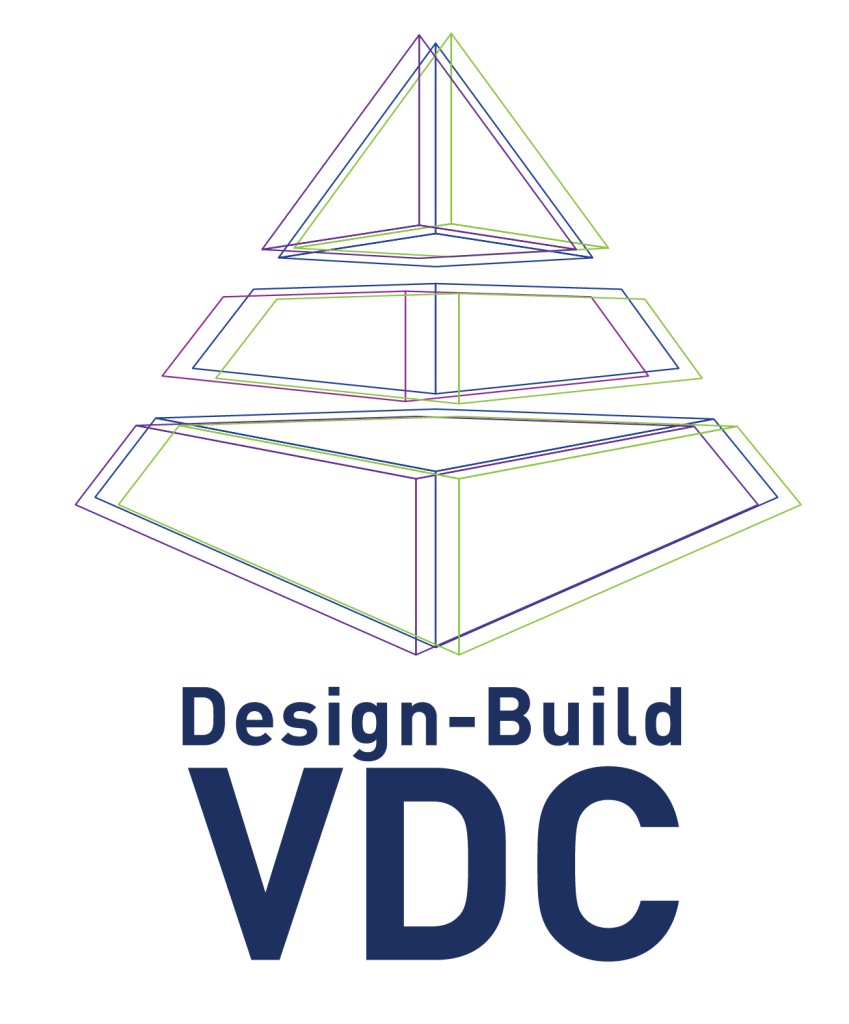I’ve always been intrigued by Tom Kelley, a partner at the renowned design firm IDEO and best-selling author. In his book, “The Ten Faces of Innovation,” Kelley recognizes that innovation is one of the most important ingredients to the modern economy, and he presents 10 different personas as examples of roles people can adopt to improve innovation at their organizations. One of the personas, the “cross-pollinator,” is a familiar role to me and one that I see in many VDC Leaders in the industry who are focused on creating environments allowing continuous improvement in their organizations. As described in the book, they have eclectic backgrounds and develop distinct points of view by combining multiple strengths and interests. They “enjoy a breadth of knowledge in many fields, but they also have a depth in at least one area of expertise.”
the most important ingredients to the modern economy, and he presents 10 different personas as examples of roles people can adopt to improve innovation at their organizations. One of the personas, the “cross-pollinator,” is a familiar role to me and one that I see in many VDC Leaders in the industry who are focused on creating environments allowing continuous improvement in their organizations. As described in the book, they have eclectic backgrounds and develop distinct points of view by combining multiple strengths and interests. They “enjoy a breadth of knowledge in many fields, but they also have a depth in at least one area of expertise.”
For instance, take any successful VDC Leader in a design-build firm. They are almost always versed in the development and analysis of design team models, as well as the application of multi-disciplinary models to understand the project’s constructability, including its cost and schedule impacts. This well-rounded expertise has also evolved into the understanding of digital twins and how Building Information Modeling (BIM) can be utilized by project owners to better operate their projects post-occupancy and reduce their total cost of operations. VDC Leaders have evolved from early BIM Manager roles that focused on developing modeling standards, content and best practices to be not only cross-pollinators and T-shaped (multi-skilled) individuals but also the triple threat of the built environment.
Integrating People, Process and Technology
Understanding the needs of the project is one thing, but being able to successfully create a plan and implement that plan is another capability that VDC Leaders bring to a team. Embedded in the project from the outset to understand the project goals and also be able to identify how to best integrate the merging of technology into the project delivery process is key. While the Design or Construction Manager may be accountable as a discipline integrator and the manager of information and deliverables, it is the VDC Leader who is responsible for the integration of people, process and technology to ultimately realize these goals.
VDC Leaders have the unique opportunity to engage with other project team leaders to define technology-driven deliverables in contracts to ensure these foundational elements are clearly defined. They also have the important role of working with the entire team to create a digital ecosystem of connected technologies that make collaborative data available to drive effective decision-making, ensuring those same project’s goals can be realized by documenting them in a BIM Execution Plan. By translating these technological procedures and interoperability approaches, along with the application of industry standards like Level of Development, VDC Leaders can provide clarity and reliability to the model elements being created to support the delivery of the project.
Just as we talk about collaboration being key, the willingness to share models remains a challenge. At the same time, this is another opportunity for a VDC Leader to help teams move beyond the lengthy model sharing disclaimers that amount to nothing more than statements of “you can use it for reference, but you can’t rely any on it.” A skilled VDC Leader can bridge the gap of the risk avoidance issues the industry faces by embracing collaboration and reducing model redundancies to mitigate overall project risk, enabling successful collaborative project outcomes.
Being able to strategically plan and document this portion of the project will mean nothing if you can’t also “work the plan.” Providing oversight and adherence to how these design/construction technologies are merged with project delivery is key. When successfully integrated into the design–construct–operate continuum, project teams can achieve design excellence, increased quality and productivity, and improved project lifecycle cost across the built environment.
As project demands increase, we know Virtual Design and Construction will help take design-build collaboration to new heights delivering value far beyond just cost and schedule. It’s vital that our VDC leaders continue to sharpen their skills as “the Swiss army knives” our teams need. DBIA is committed to helping VDC leaders, and their teams deliver “VDC Done Right” through effective integration of people, process and technology.

